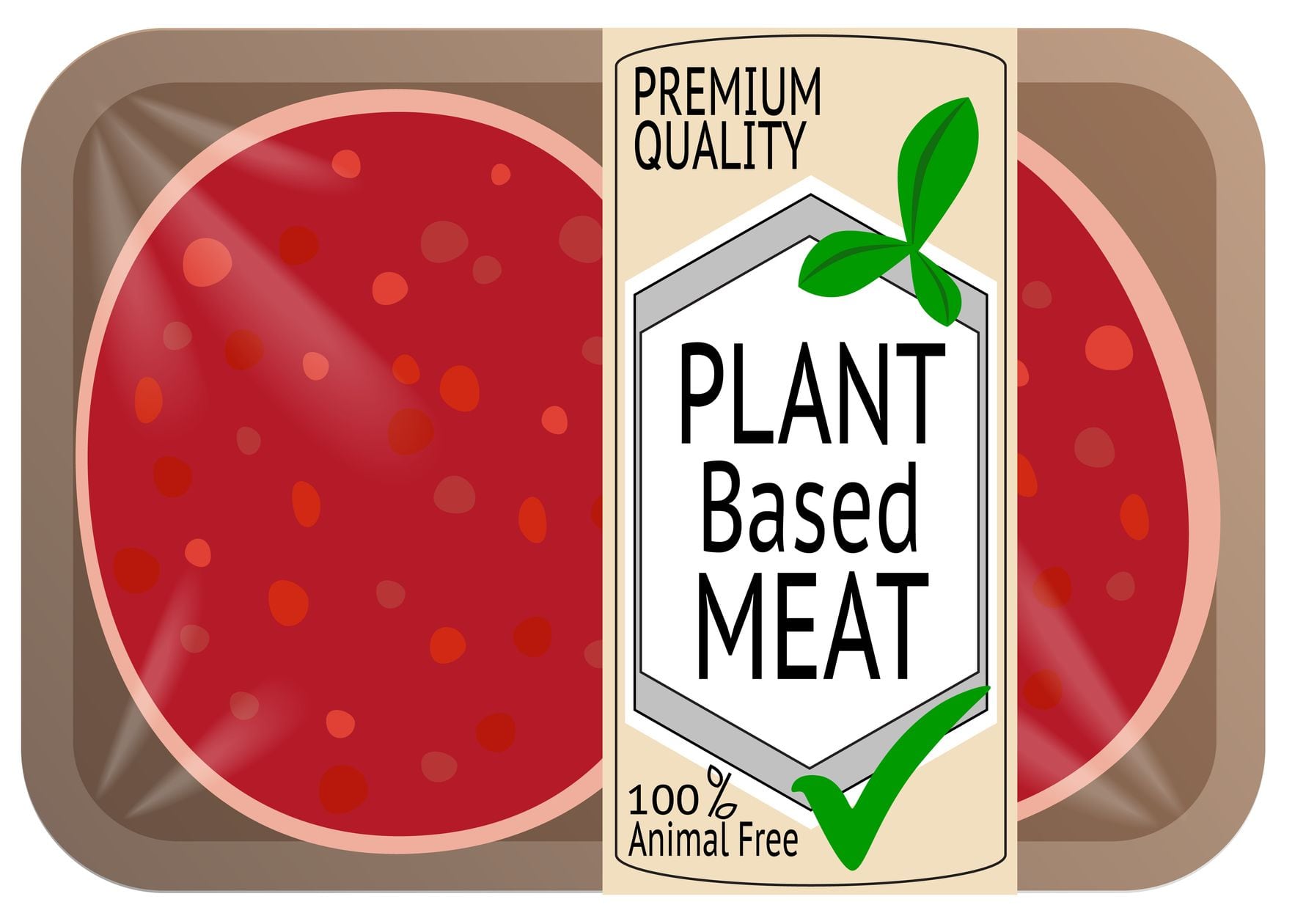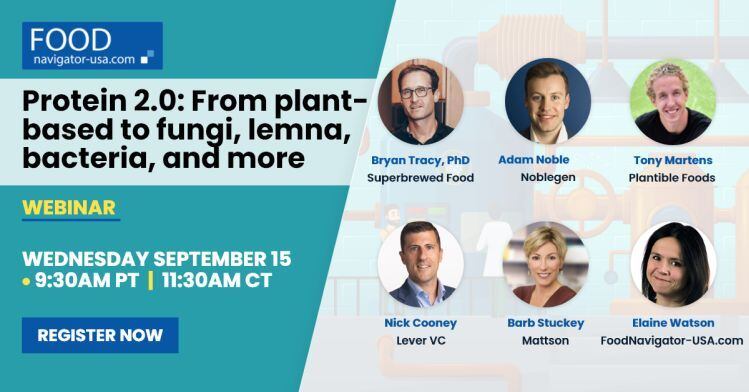Jaime Athos, president and CEO of Tofurky, said the new line will be jointly marketed under the Tofurky and Triton brands, adding: “While we can’t share what it is just yet, the result will entail products that resonate with our core audience, and also be attractive to the rapidly growing segment of new flexitarians increasingly drawn to plant-based foods.”
When it comes to product formulation, Tofurky – which has historically relied on soy and wheat as its go-to proteins - has been exploring a broader toolbox of ingredients, said Athos, who told FoodNavigator-USA earlier this year that he was also intrigued by some of the new microbial ingredients that are not deploying genetic engineering.
“You're going to see more variety out of Tofurky in the future, and we’re definitely diversifying the partnerships we have with ingredient companies. Some of these new technologies are exciting; there are some really cool mycelium types of technologies that are emerging right now, and algae based technologies that would also fit within Tofurky’s natural brand positioning.”
Introducing Chlamydomonas reinhardtii...
Founded in 2013, Triton Algae Innovations utilizes Chlamydomonas reinhardtii, a single-celled freshwater green algae species that can grow heterotrophically in fermentation tanks.
Triton has three Non-GMO C. reinhardtii product streams it believes could have significant potential.
- Essential Red (which has particular potential in plant-based meat/seafood alternatives). Triton recently struck a deal with a co-packer in the US to begin commercial scale production later this year although says it can't provide more details at this stage. It is also putting together a GRAS determination for the ingredient.
- Essential Green (for use in juices, snacks, smoothies, pasta, noodles, protein/energy bars or bites, breads, crackers etc) which comes with an FDA GRAS no questions letter). Triton recently announced a deal with China Touyun Tech Group Limited to scale up production in Asia.
- Essential Yellow, "Packed with the same nutritional punch as is Essential Green, just in a different hue..."
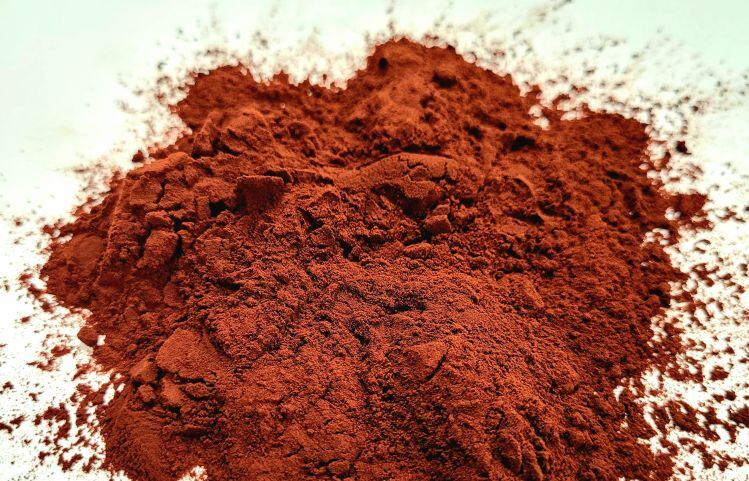
Triton uses UV light (a widely used technique in plant breeding) to stimulate its green algae to turn red and produce heme
To produce Essential Red, Triton uses UV light (a widely used technique in plant breeding) to stimulate its green algae to turn red and produce heme (which imparts color and flavor).
"We evolve the strain in the same way that a plant exposed to the UV light of the sun would be evolved," Miller Tran, PhD, co-founder and VP of R&D at Triton told FoodNavigator-USA in a recent interview. "At Triton we accelerate that process and apply high throughput selection methods to isolate the strains we want. The red strain is the exact same species as the green strain, except that it was selected by identifying a strain that no longer produces chlorophyll and that upregulates compounds found in the heme pathway known to provide meat-like properties.
"The heme pathway naturally exists in algae. Normally most of the pathway is shuttled to chlorophyll. When the cells no longer make chlorophyll, they are free to accumulate components of the heme pathway. There is no introduction of foreign genes into any of our strains that we intend to commercialize."
Essential Red contains 40-50% protein, minerals such as calcium and potassium, and carotenoids such as astaxanthin and beta carotene
While heme can be extracted out of the algae cells via fractionation, Triton says it sees the most potential in using the whole algae ingredient (Essential Red), which contains 40-50% protein, minerals such as calcium and potassium, and carotenoids such as astaxanthin and beta carotene. The strain currently being commercialized includes short-chain omega-3 ALA, but other strains of chlamydomonas are under development that produce long-chain omega-3s such as DHA.
Essential Red works well in a wide variety of applications, given the algae’s natural red hue and appealing nutritional profile, said Tran.
“It’s not like beet juice color; it has unique properties in terms of how it behaves with plant proteins that make it very attractive.”
‘We harvest it [the biomass], spray dry it into a powder, and it can be stored at room temperature for a year’
Triton had originally envisaged extracting the heme and selling that as a standalone ingredient to plant-based meat companies. However, it had become clear that the whole food ingredient had strong potential in alternative meat, he said.
“Why throw away the rest which is rich in proteins and omega 3s? Why not deliver two punches with one ingredient? So we harvest it [the biomass] spray dry it into a powder, and it can be stored at room temperature for a year.”
How the algae will be listed on food labels is still to be determined, said director of corporate and regulatory affairs, Dave Schroeder.
Algae and protein production
Triton is not the first company to use algae as a protein production platform; blue/green algae spirulina is widely used in foods and supplements, while several companies have been working with chlorella (notably, Corbion has a tie up with Nestlé in this respect).
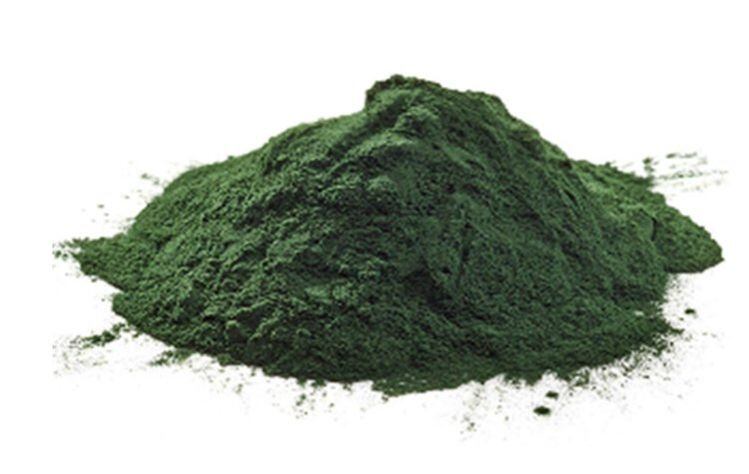
Ontario, Canada-based startup Noblegen, meanwhile, is commercializing a suite of Non-GMO products from the ‘ancient microorganism’ (protist) euglena gracilis, which can produce everything from proteins that behave like animal proteins, to beta glucans that can replace methylcellulose and titanium dioxide. Nova Scotia-based Smallfood, meanwhile, is touting a novel Non GMO complete protein sourced from a single-celled marine microorganism, which it claims can give animal and plant proteins a run for their money.
Chlamydomonas reinhardtii - which has similar protein levels to chlorella and spirulina - has some distinct advantages over chlorella, said Tran, noting that Triton can dial up and down various components within the algae by varying the growing conditions and by Non GM breeding techniques.
“It has a superior taste and a great nutritional profile, but a big difference is that the cell wall is glycoprotein, so the algae is fully digestible, whereas with chlorella, the cell wall is made from a different material [chitin] which is not digestible, and it’s harder to customize via breeding.
“We’ve also shown that we can produce this at scale and customize the nutritional profile, without using GMOs, by selecting different phenotypes using classical breeding as well as modifying the processing conditions.”
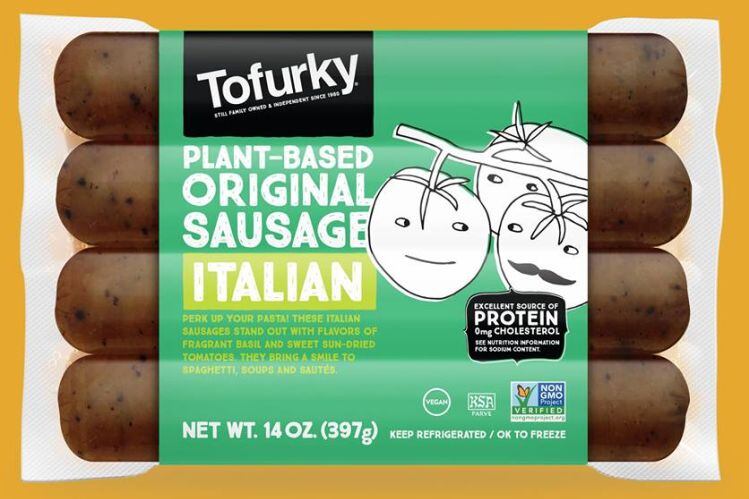
With VC-backed food tech startups deploying molecular biologists and astrophysicists now competing for shelf space in the red-hot meat and dairy alternatives market with equally deep-pocketed multinational meat and CPG companies, where do independent plant-based brands such as Tofurky fit in?
Read our recent interview with Jaime Athos at Tofurky.


